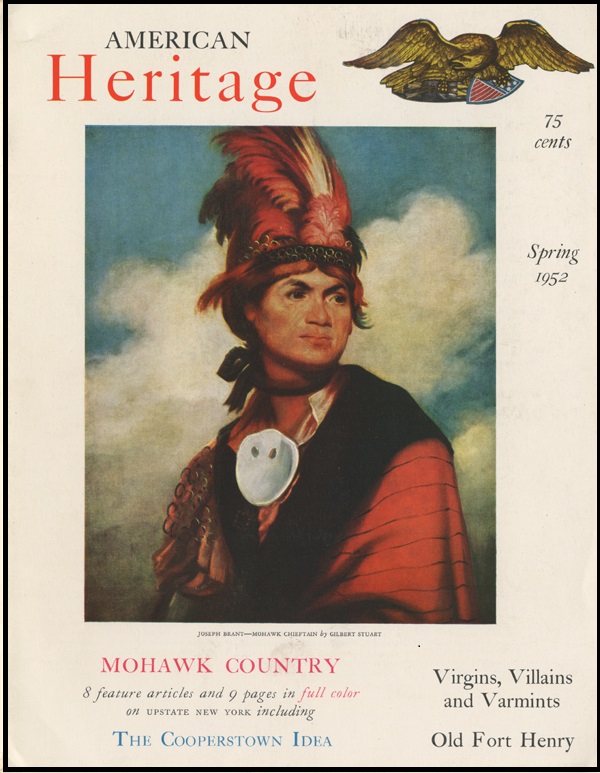Authors:
Historic Era: Era 10: Contemporary United States (1968 to the present)
Historic Theme:
Subject:
Spring 2018 | Volume 63, Issue 1


Authors:
Historic Era: Era 10: Contemporary United States (1968 to the present)
Historic Theme:
Subject:
Spring 2018 | Volume 63, Issue 1
In 1958, my father was honored to join the staff of American Heritage, one of America’s most revered magazines, eventually becoming its Managing Editor and helping many historians strengthen their writing. One of my most treasured possessions is a handwritten letter sent to my father by John Dos Passos. The famous novelist and friend of Ernest Hemingway wrote several articles for American Heritage on Thomas Jefferson, Aaron Burr, and Robert Morris, and my father was one of his editors.

Those essays by Dos Passos are part of a priceless archive and tradition that Edwin Grosvenor and a few fellow volunteers are trying to save and continue. American Heritage Magazine started out 70 years ago as a small journal published by the American Association for State and Local History, the premier association for historical societies. The AASLH gave the magazine its iconic name from its mission statement, which was “to get Americans in touch with their shared heritage.”
See "Golden Anniversary" about the magazine's history in the November/December 2004 issue.
In 1954, AASLH sold the magazine to a brilliant quartet of skilled writers and editors; James Parton, Oliver Jensen, Joseph J. Thorndike and founding editor and Pulitzer Prize winner Bruce Catton. These four, along with a talented cast of contributors such as David McCullough, Thomas Fleming, Barbara W. Tuchman and John A. Garraty told America’s story and told it brilliantly.
American Heritage made it a point to illuminate the small corners and forgotten byways of our country’s past as well as highlighting the big moments in our story. The debut issue was published in December 1954 and continued six times a year, all in beautifully illustrated, 120-page hardbound editions and all without a shred of advertising. Their perseverance, and a bit of a gambler’s temperament, paid off handsomely, with subscriptions skyrocketing from 10,000 to 300,000 by 1959.
American Heritage in its early maturity was “the best place I ever worked as an employee," says former editor David McCullough. "There was a minimum of office bitterness, gossip, scandal, or jealousy. We had too much to do and too much fun doing it. People were enthusiastic about the magazine, about history, about the success of the publishing company. They were receptive to new ideas, with very high editorial standards, high accuracy, and quality of writing. They delivered in the sense that they provided to the subscriber a magazine that more than lived up to its advanced promises. As an employee you felt like you were cast in a hit show with great people.”
The rising costs of publishing in hardcover eventually forced American Heritage to switch to 80-page softcover editions in the late 1970s, but